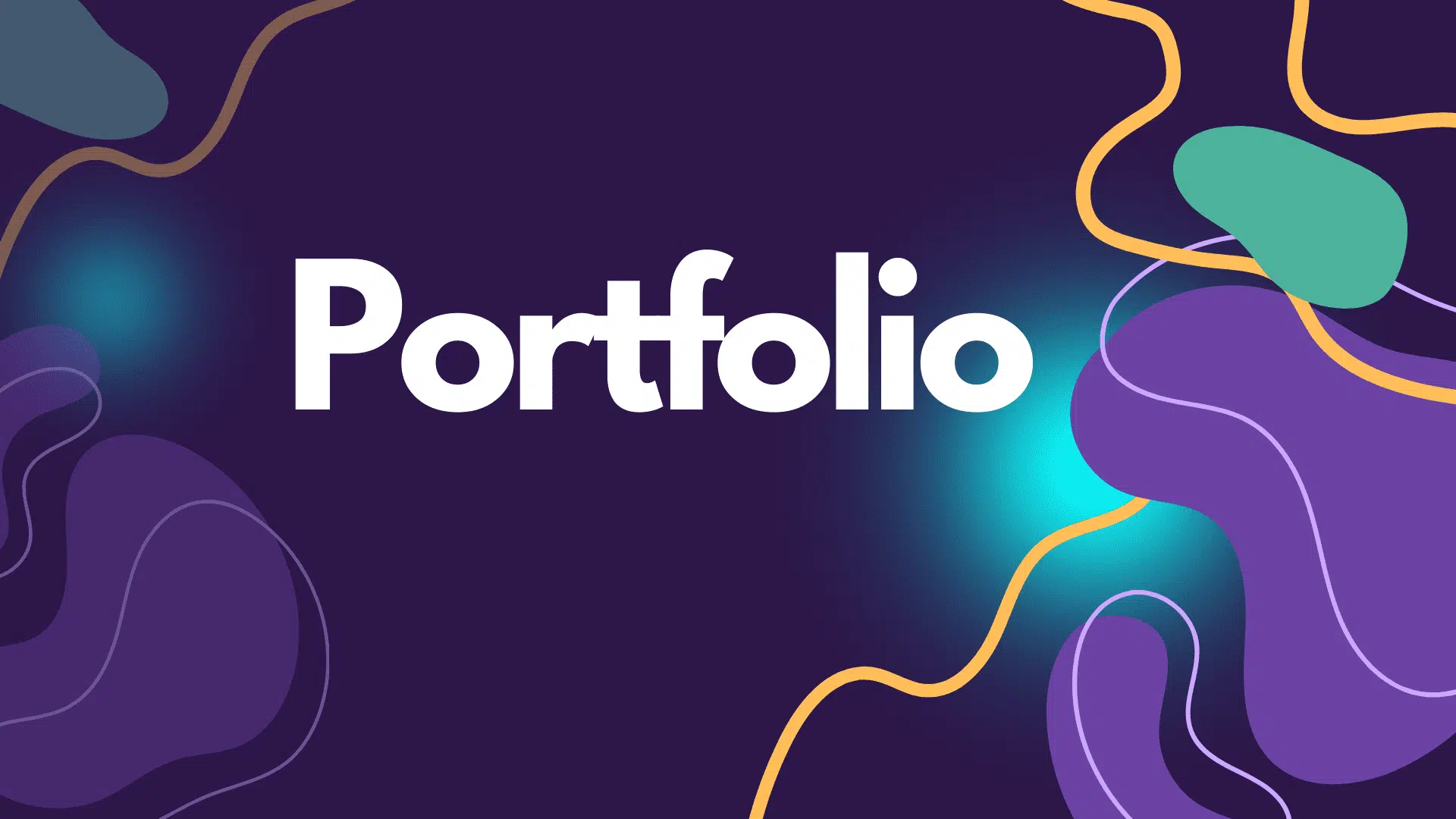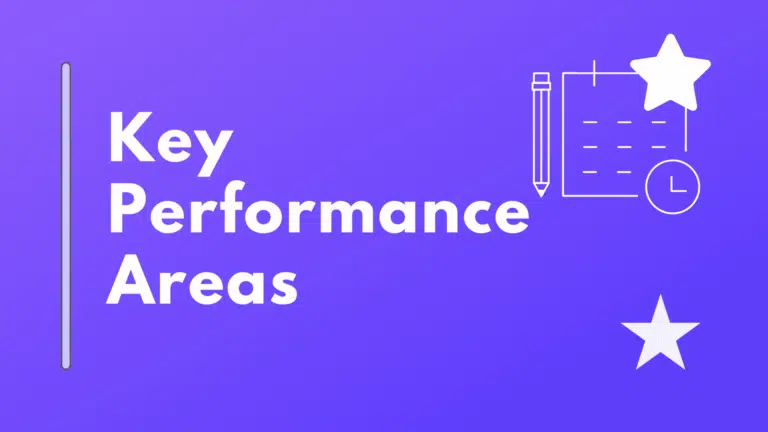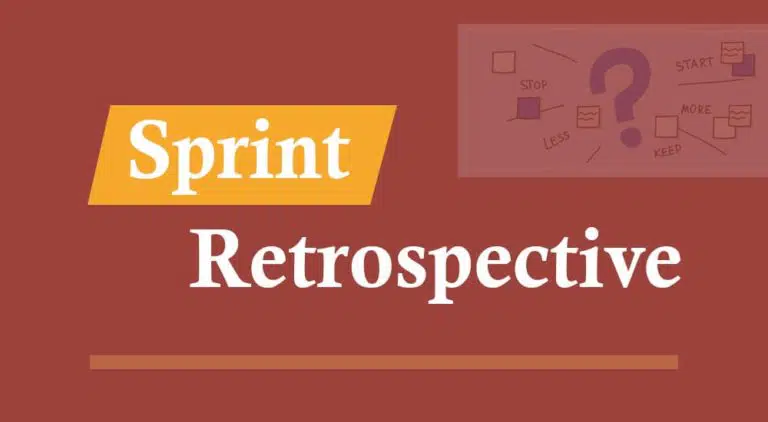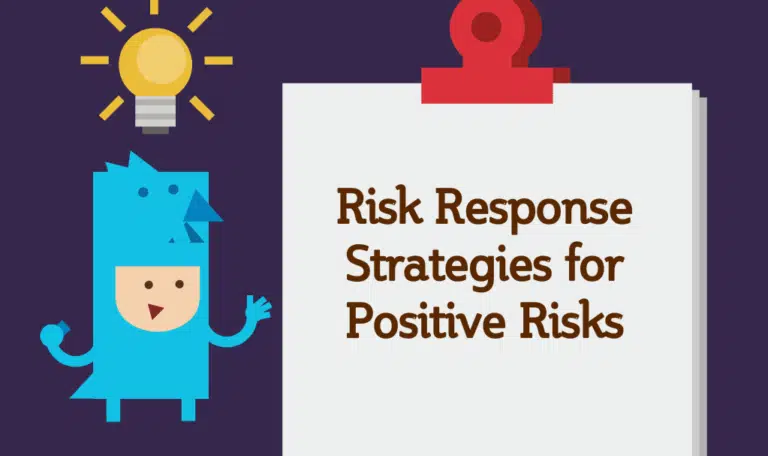A portfolio is a collection of anything (e.g., stocks, investments, assets, etc.). Likewise, a project management portfolio is a collection of projects or programs. Organizations create portfolios for their projects and programs to manage them under a central command.
The portfolio manager manages the portfolio and develops procedures, procedures, templates, project management documents, etc., for all endeavors within the portfolio. It helps bring consistency in governing projects and programs in a portfolio.
Portfolio management ensures that organizations select the right projects or programs that align with their long-term goals and can use their resources efficiently.
Types of Portfolio
A portfolio can be one of three types:
- A strategic portfolio is comprised of projects and programs that are aligned with an organization’s long-term goals. It ensures that resources are directed toward initiatives that contribute to the overall strategic vision.
- A tactical portfolio includes projects and programs aimed at achieving specific operational objectives. This is focused on immediate needs to enhance efficiency in routine business processes.
- An operational portfolio encompasses ongoing processes and routine tasks that are critical for daily business functions, as well as for managing and optimizing routine operations and maintenance activities.
How is a Portfolio Related to Projects and Programs?
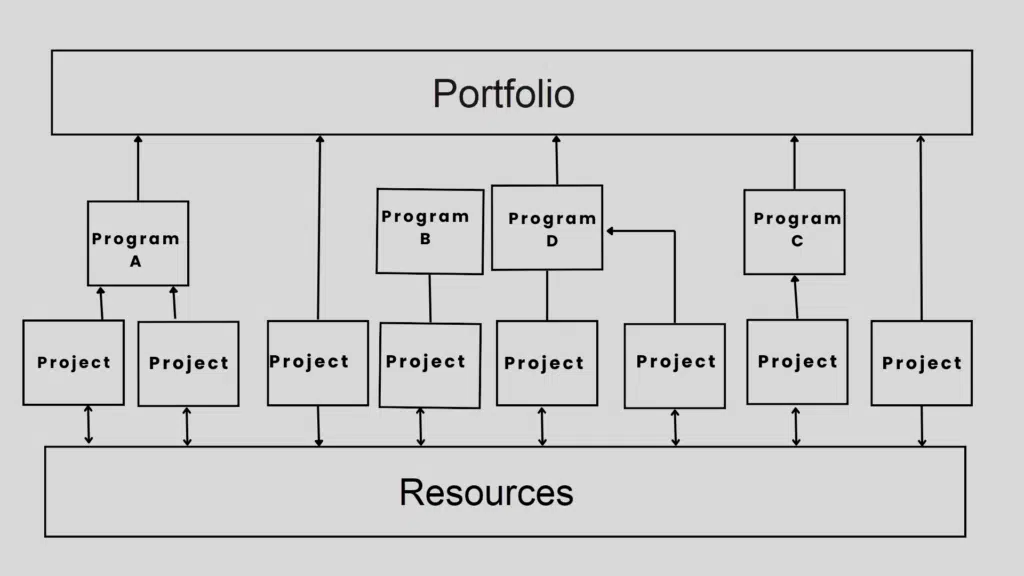
A project is an individual task to achieve an objective, and a project manager manages it with the help of a project management team. It is temporary, and once the project deliverable is delivered to the project sponsor, the project is closed.
A project may be managed in three ways: as a stand-alone project, within a program, or a portfolio. Project managers interact with portfolio and program managers when a project is managed under a program or portfolio.
Now, what if the organization has several similar projects? Managing them separately would not be efficient, and a lot of resources would be wasted. So, the organization will create a program and manage all similar projects under a program.
A program manager manages the program and ensures that resources are all used optimally, which means no resource is ideal or overloaded. The program allows strategic management of projects.
For example, let’s say you have two projects: (1) a school building and (2) a residential apartment. These two projects are similar and require similar resources and skills. Managing them will bring many benefits (e.g., ordering material in bulk, sharing skilled team members between both projects, etc.).
A portfolio is one level up in the hierarchy. A portfolio includes different programs, different projects, or a combination of projects and programs. A portfolio is managed by a portfolio manager, who ensures that the selected programs and/or projects are aligned with the organization’s strategic objectives.
For example, building a refinery would require several projects. This will require civil construction projects, installing machinery and equipment would require mechanical projects, installing software and instrumentation systems would require IT and instrumentation projects, etc.
In this case, you would manage them under a portfolio as this endeavor requires different projects and programs.
A portfolio manager selects the projects or programs aligned with the organization’s long-term goals. They monitor strategic changes, aggregate resource allocation, performance results, and portfolio risk. The success of a portfolio is measured in terms of the aggregate investment performance and benefit realization.
A portfolio manager ensures that different projects and programs optimally use organizational resources. Whenever any project manager or program manager needs help, they can get it from the portfolio manager.
Summary
A project management portfolio is a framework for organizing projects and programs within an organization. Whether they are strategic, tactical, or operational, each portfolio uniquely aligns projects with business objectives. A well-organized portfolio enhances an organization’s ability to navigate complexity, streamline operations, and achieve success in short-term objectives and long-term strategic goals.

I am Mohammad Fahad Usmani, B.E. PMP, PMI-RMP. I have been blogging on project management topics since 2011. To date, thousands of professionals have passed the PMP exam using my resources.

